Why Prabal Gurung Enjoyed Dressing Michelle Obama
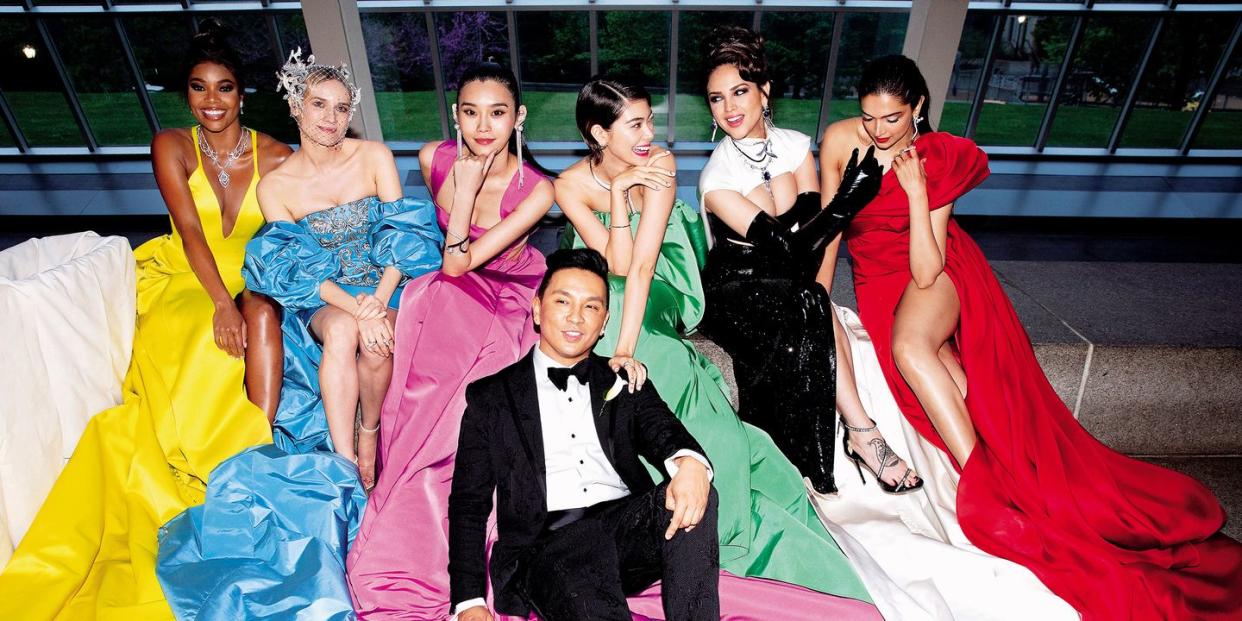
When Prabal Gurung set out to launch his own fashion line, everyone strongly advised him against it—the world was in the thick of a recession, and New York had plenty of aspiring designers. He decided to forge ahead anyway. He quit his job as the design director at Bill Blass, downsized his apartment, and started collecting unemployment checks to get by.
Ten years later, Gurung is looking back with a monograph full of sketches, mood boards, photographs, and essays charting his career from his very first collection in 2009 to his Spring 2019 show, which featured women from more than 35 countries modeling colorful dresses inspired by the designer's travels all over the world.
"It's a manifestation of an immigrant American dream come true," Gurung says of the book. "And also a gesture of the deepest, sincerest gratitude to all the people who made it possible."
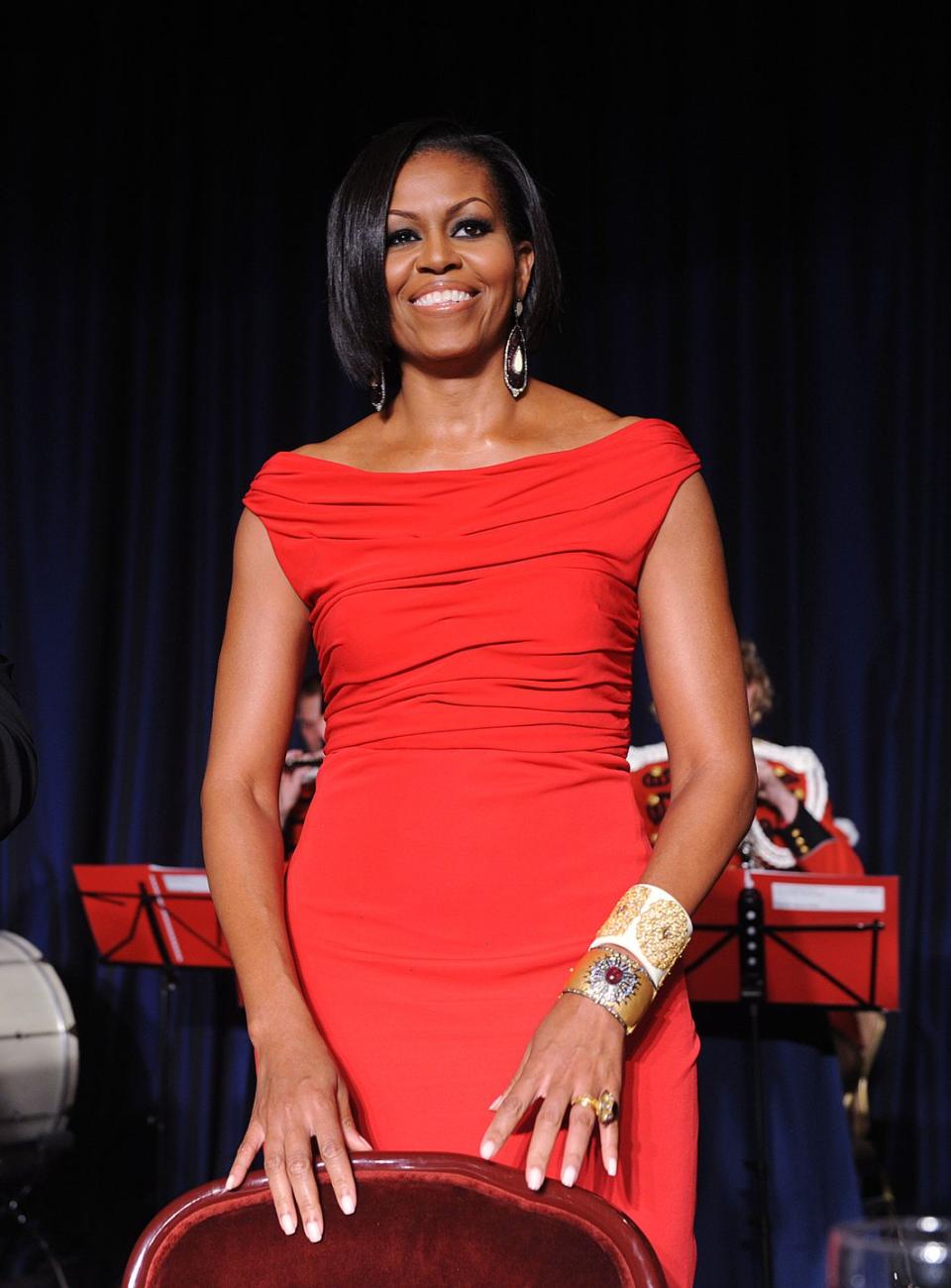
The morning after Gurung's first presentation in February 2009, the collection landed on the cover of the industry bible Women's Wear Daily and within his first year of business, he had created custom gowns for Oprah and First Lady Michelle Obama, who wore a striking red dress to the 2010 White House Correspondents' Dinner. It was a major coup not only for the designer, but also for his home country Nepal.
"Back home they were like, 'Wow, a guy from Nepal who studied fashion, which is so unorthodox and unconventional, is putting the country's name on the map,'" Gurung says.
At the top of the list of people he thanks in the book for the last decade in fashion is his mother, Durga Rana, who Gurung counts as his greatest influence. "She was a single mother who brought us up in a country like Nepal, where divorce and being single were not acceptable," he says. "Yet in spite of those circumstances she made sure we were unafraid to ask questions and to speak up against injustice."

She's also Gurung's spiritual guru, offering sound advice that has kept the designer grounded in a topsy turvy business, instilling in him the belief that success is given to a person to test his character.
"I remember in the beginning when I was like, 'Oh my God all these actresses are wearing my clothes, all this great stuff is happening,' she used to say, 'If you're this ecstatic about your success, you'll be that much more depressed when it goes down. Cherish the joyful moments without getting carried away because happiness and unhappiness are transient,' and that really hit me hard," he says.
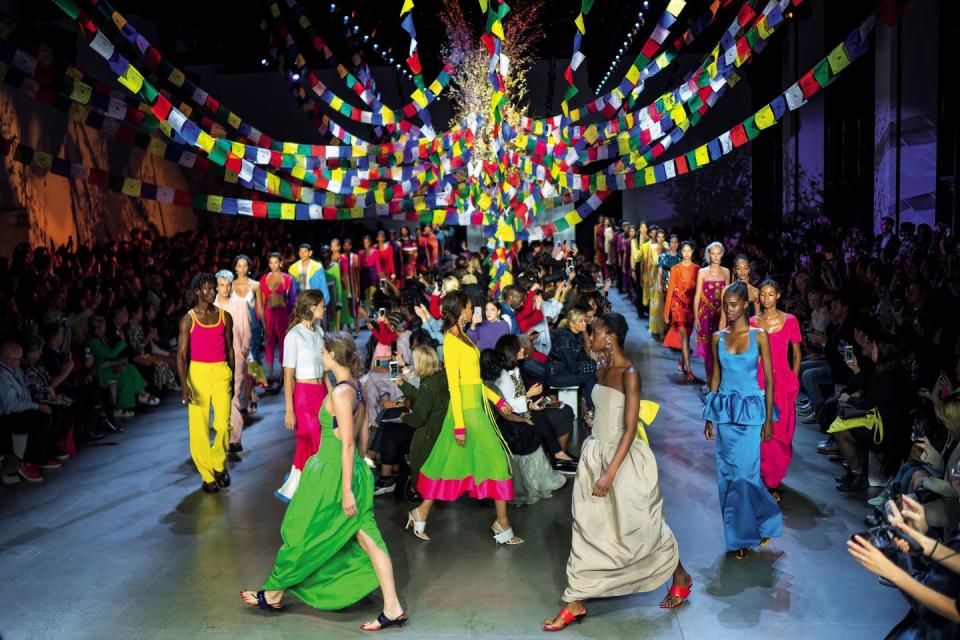
In an industry that enjoys talking a big game, Gurung talks the talk and walks the walk. For one, diversity, inclusion, and sustainability are hot topics today, but they've been in the ethos of Gurung's company since the beginning. He manufactures most of his clothes in New York City using natural fibers and works with ethically sound factories abroad. Most of his workforce is female and his clothes are inspired by, and made for, women of all ages, sizes, and cultures. Gloria Steinem doesn't go to many fashion shows, but she decided her first ever would be Prabal Gurung, Spring 2018, where she sat front row.
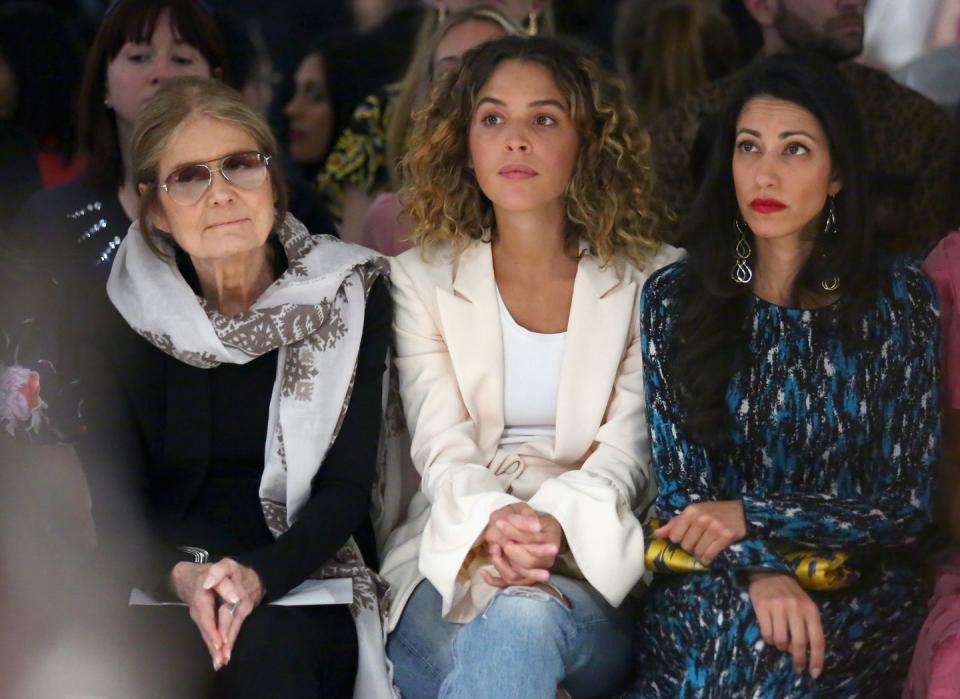
Gurung hasn't forgotten about his homeland either. In 2011, he founded the Shikshya Foundation Nepal to provide education to underprivileged children by building schools and creating art and music programs. In eight years, the foundation has impacted the lives of more than 300 children. Then after the devastating earthquake that shook the country in 2015, Gurung galvanized the industry and raised more than $1 million in aid.
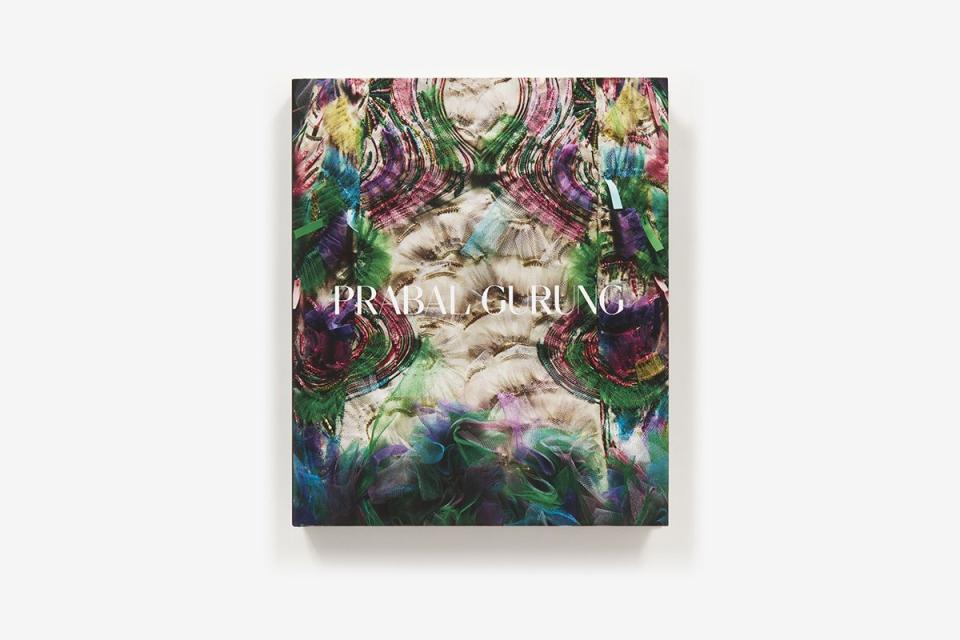
So what do the next ten years look like for the designer? "I want to amplify the creative things I've been doing—the storytelling, which is stronger in color, the celebration of everyone marginalized," he says. "I just want to create a world where people feel good about fashion. For me, desire, want, and glamour is when everyone is allowed to have a dream."
You Might Also Like
